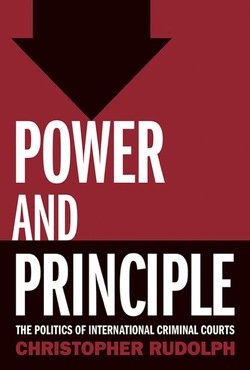By Christopher Rudolph
Human rights advocates have long pressed for international institutions to prosecute crimes against humanity. With its global reach and mandate to investigate and prosecute some of the world's most severe crimes (genocide, war crimes, and crimes against humanity) the creation of the International Criminal Court in 2002 was hailed as a landmark event in the evolution of truly global society. Supporters argue that the ICC and other transnational tribunals will deter the commission of atrocities and contribute to global peace and stability, and they laud its independence and its potential to check the arbitrary use of power against the powerless. To better understand how international criminal courts function and determine their broader implications for global society, this book examines the factors that led to the creation and evolution of international criminal courts, the nature of the support for and opposition to such institutions, and how they function.
Ithaca, NY: Cornell University Press, 232p.





















